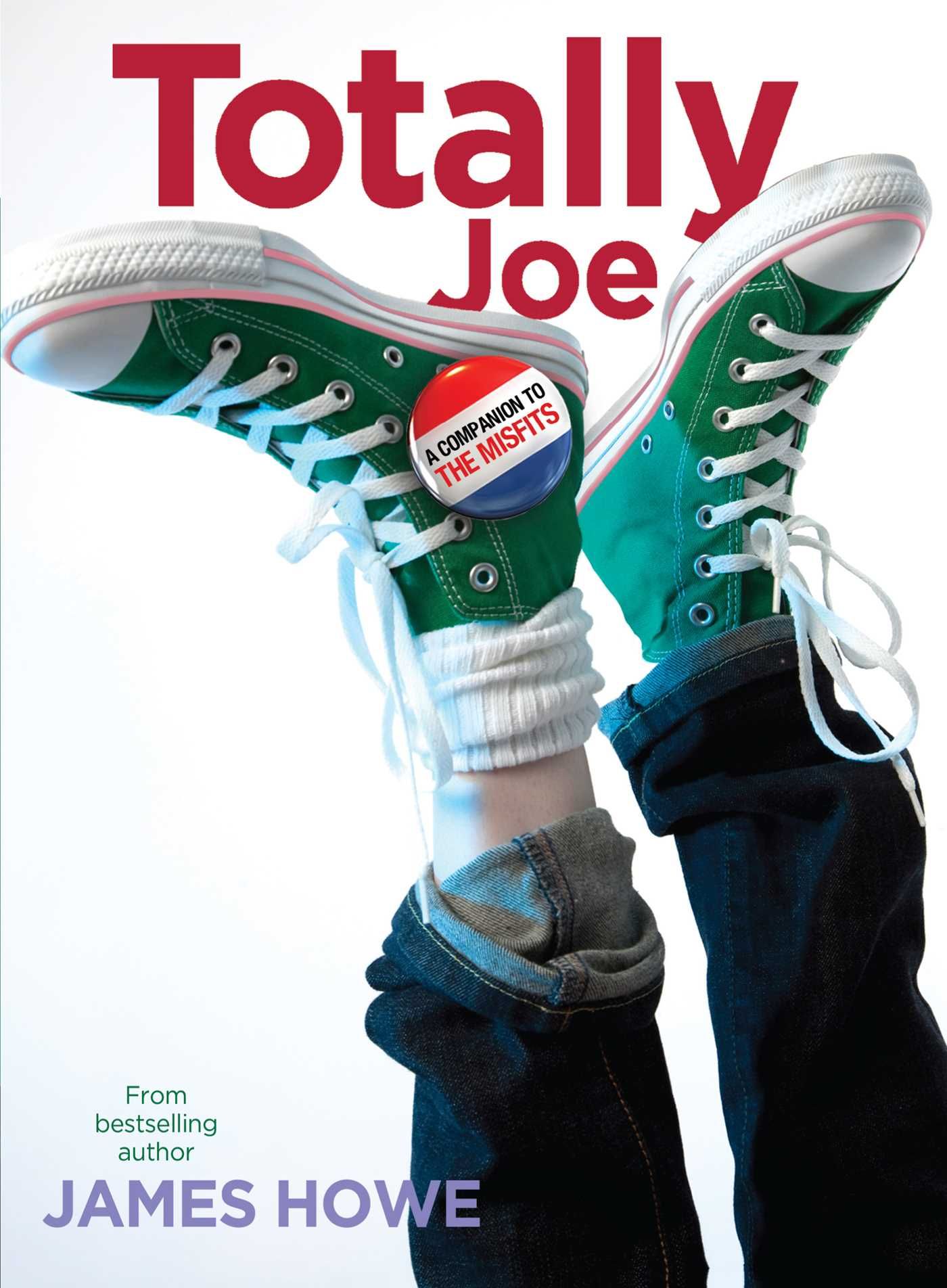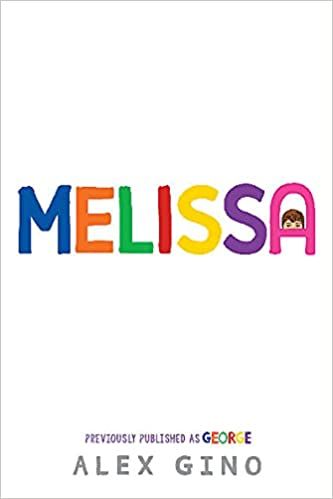Reading the Rainbow: Books and Lessons Learned From an LGBTQ-Inclusive Book Club for Teachers
As you may know from reading previous posts, I’m Black, queer, and an education professor. It’s super cool, and sometimes I get to do random fun things. So when one of my queer professor friends said, “Hey, let’s start a national book club for teachers who want to be more LGBTQ inclusive and read a lot of books and meet a couple of times a month during a pandemic because there’s not enough going on,” I was in.
I’m paraphrasing, of course, but that’s pretty much how the whole thing started. It has been delightful and heartbreaking and overwhelming and edifying. We’re starting our second year and I cannot believe how incredible the whole thing has been. The teachers who joined us are some of the most compassionate, brave, and thoughtful individuals I’ve ever worked with.
It can be daunting and even dangerous to intentionally incorporate queerness into elementary and middle school classrooms. (Google “teacher fired LGBTQ” and you’ll get a taste of what I mean.) Nonetheless, the educators we work with have decided to make their classrooms safe spaces for all students and to prepare all students to thrive in a diverse world.
I’m not going to explain why that’s so important. (I already did that.) But I will share an excerpt from that post that sums it up:
The truth is, children develop a sense of their gender identity by the time they’re about 4 years old. They tend to become sure of their sexual orientation by age 10. Children are thinking and talking about gender identity, sexual orientation, and attraction. When we deprive them of books that reflect gender and sexual diversity, we are silencing LGBTQ students and families and sending a clear message about who is valued and who isn’t. We teach who is “normal” and who is “taboo.”
Mikkaka Overstreet, “Saying it Louder for the People in the Back: Kids Need Queer Books “
Books and Insights from Our RK8R Book Club
The world is full of queer people. Books should reflect that. Curricula should reflect that. Identities are not touchy or taboo subjects, they just are. And the world isn’t going to become a more equitable place for all people until we start including them all. Y’all means all.
In our book club, Reading the K-8 Rainbow, we read a different upper elementary or middle grade novel each month. We meet to discuss the novels, brainstorm implications for teaching, and talk about any related events happening in the world or our schools. We also share picture books that cover the same themes as the novels.
I want to share a few of the books we read during our first year and some tidbits about our discussions.

Totally Joe by James Howe
We started with one of our old favorites, Totally Joe. It is dated in some ways, but provided a nice entry point. The story follows Joe, a gay, white, middle school boy with a strong sense of his identity. Joe helped us introduce the gender vs. sexuality conversation. He also has a hilarious and flamboyant personality that made reading a story from his perspective rather enjoyable.
Since we think about intersectional identities in our conversations, we explicitly talked about how Joe’s experience differs from that of queer kids with multiple marginalized identities. We started our second year with The Best at It, a book that feels kind of like Totally Joe, but centers on a gay Indian American boy who is also neurodivergent.
After reading Totally Joe, we talked about how sometimes the kids we teach will KNOW their gender identity and sexual orientation. Conversely, many children will be figuring it out. Still others will have family and friends who are LGBTQ. It’s important that all the kids in our schools see LGBTQ people in the curriculum.
Joe is gay and loves sparkles and painting his nails and dying his hair. Joe also identifies as a boy. Many people conflate gender expression and gender identity, so this is important to see.
Picture books about rejecting gender norms include My Princess Boy and A Fire Engine for Ruthie. We also talk about reading non-queer books queerly, meaning finding queer themes even when there are no explicitly queer characters or content. Joe and his friends are called “The Misfits,” so there’s a lot in his book about not conforming to norms. In that same vein, we could queerly read The Day You Begin or Giraffes Can’t Dance.

Melissa by Alex Gino
Melissa, previously published as George, is about a trans fourth grader who the world sees as a boy. Melissa wants to be Charlotte in the school play, but her teacher says she can’t. It’s a beautiful story of self-discovery and finding the people who love you for who you really are.
This book gave us the opportunity to discuss gender identity more deeply, as well as to discuss how we learn and grow. We understand now that dead-naming the main character in the book’s title is a huge problem. However, knowing this book’s importance and history, Gino speaking out about their mistake felt encouraging. As educators, we know we’ll make mistakes but we can also apologize and make amends. Melissa helped us to see how much of a difference it can make when kids have an adult in their lives who sees and affirms them. Our hope is that we’re encouraging as many teachers as possible to be those people.
Good picture books about transgender kids include When Aidan Became a Brother, I Am Jazz, and Call Me Max. There are several other children’s books that we can read queerly, but aren’t trans narratives, such as Red: A Crayon’s Story and Be Who You Are.

Pet by Akwaeke Emezi
Lastly, I’ll share my favorite book we read last year. Pet masterfully walks the line that’s necessary for a successful middle grade novel. While it includes tough topics like child abuse, it’s done so well that a middle school student can definitely understand and handle it.
Pet follows Jam, a Black trans girl with selective mutism. Her world is full of rich diversity that just is — no apologies or explanations necessary. For example, when toddler Jam told her parents she was a girl during a tantrum, her father held her and apologized and told her they didn’t know. It’s a quick, beautiful flashback that sets the tone for a world where people are who they are and it’s not a debate.
In this future world, all of the injustices we face now have supposedly been solved. Unfortunately, the appearance of a creature called Pet means that there is still a monster lurking. This novel opened up a plethora of topics, from queer families to linguistic diversity.
There aren’t any books like Pet out there (seriously, read this book), but here are some trans picture book titles that you could pair with it.
As we begin year two of the book club, I am filled with hope. Few things make me hopeful right now, with the world being on fire and all, so I cherish this space. If you, like me, need a boost, know this: there are teachers in this country who are committed to making the world better for ALL kids. These teachers and the kids they impact are going to change the world.
“Education is the most powerful weapon which you can use to change the world.”
Nelson Mandela

إرسال تعليق
0 تعليقات